Rincon West is a large resort south of Tucson that’s primarily occupied by park models, although there are plenty of RV spaces also. Though we’re not really resort people, we liked this one because all the people were very nice. Bob enjoyed talking to the garden railroad and woodworking folks. The bike trail is accessible right outside; one day we rode into downtown Tucson. There’s also a bus stop just outside the entrance.
Playing tourist was the focus for the week. One day we drove south of the city to visit the Titan Missle Museum and the ASARCO copper mine.
The Titan museum is a relic of the Cold War, when the US and Russia were frantically digging holes in the ground and stuffing them with ICBMs aimed at the other guy. Eventually the technology became obsolete, most of the early misses were destroyed, and many of the silos were imploded. The museum has an original silo with its missle (warhead removed).
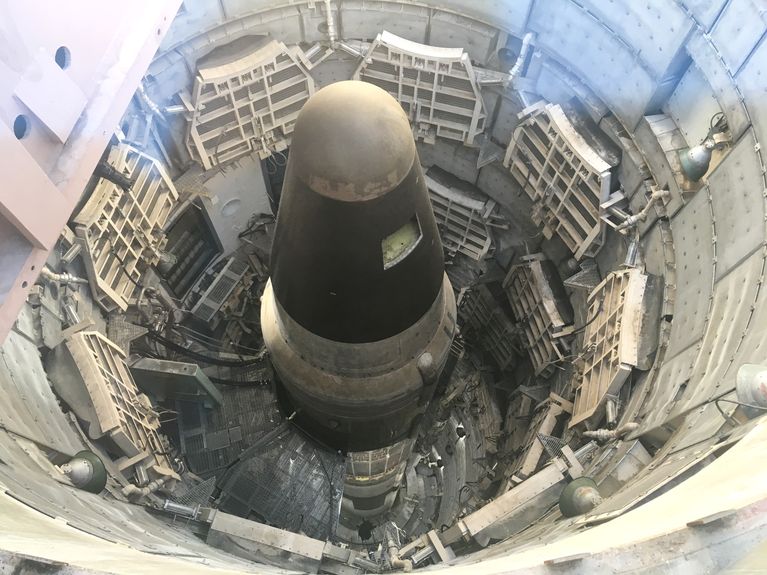
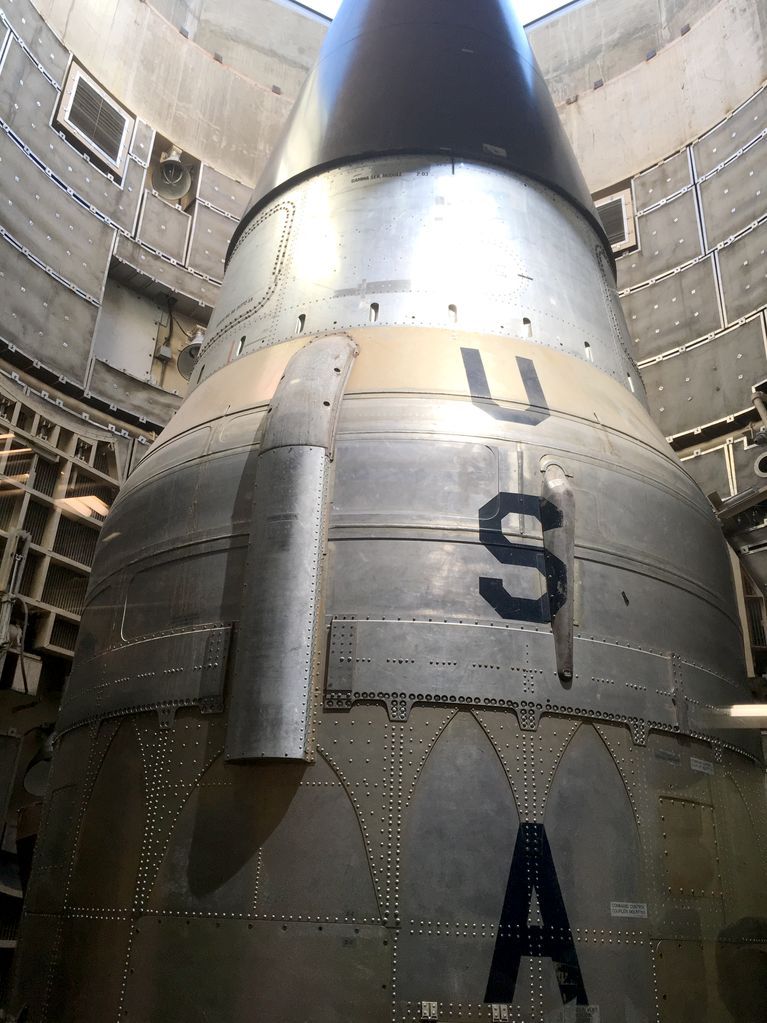
We walked through the silo’s control room and marveled at the 50’s technology and the construction details. The silo had to be hardened against a nuclear explosion. The concrete walls are immensely thick and have blast proof doors; the control room and the missle are supported on heavy springs to isolate them from vibration.
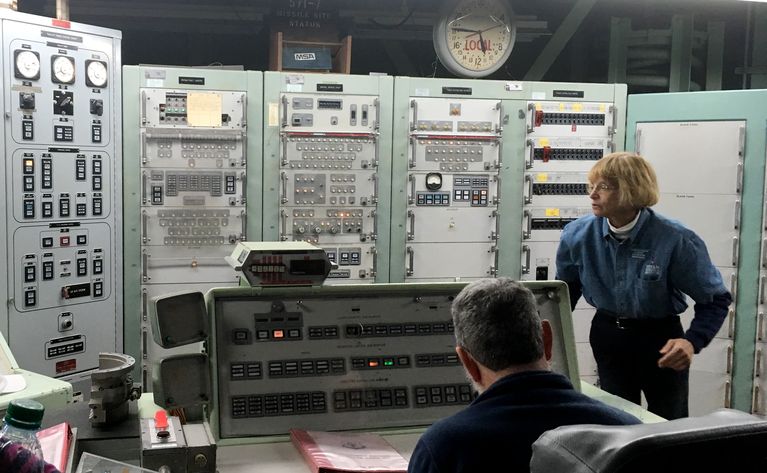
After emerging from below ground, we drove a few miles to the copper mine. This is a huge open pit mine approximately 2 miles long, 2 miles wide, and a quarter mile deep. Huge shovels and trucks move ore and waste rock from the pit to the crushers and waste piles, respectively. Bob asked about the difference between ore and waste rock. The tour guide said they draw the line at .2 percent copper. We later read that the average ore from this mine is .6% copper.
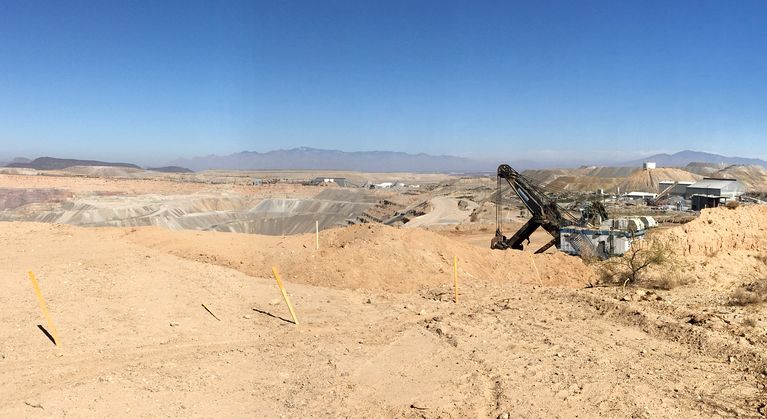
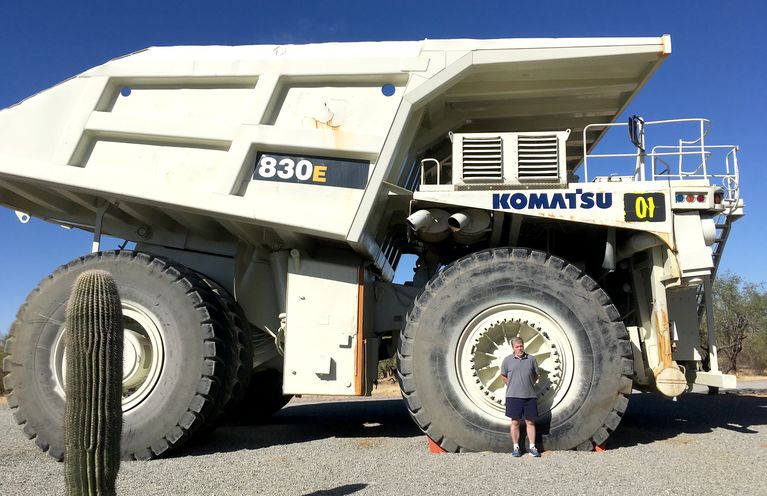
From the crusher, the ore is transferred to large rotating mills which grind the material into a fine powder. A slurry of water and powder is mixed with some chemicals. Air is blown into the mixture and it is agitated. Bubbles float to the top, and the grains of copper stick to the bubbles and form a froth. The copper containing froth is skimmed off, then further concentrated. The copper concentrate is shipped to another site for further processing. Meanwhile, the rest of the powdered rock, called tailings, is piped to an area called a tailings dam, where the water is recovered for reuse and the powdered material is stacked in long rows.
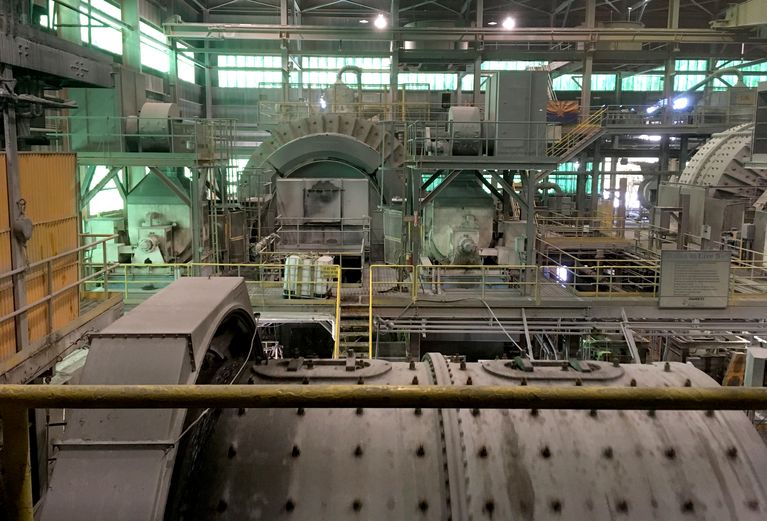
We’ve been wanting to visit the mirror lab at UA for a while, so that was tops on our agenda. We took the bus downtown, walked through the Presidio district, had a nice lunch, then hiked over to campus. We had time for a quick peek into the mineral museum before our tour.
The Mirror Lab is located underneath the football stadium. They presently manufacture 8.4 meter mirrors because that is the largest size possible considering the space between the girders supporting the stadium. To make a mirror, they place closely spaced hexagonal columns on a base (Photos) and spread crushed glass over the top. They then spincast the mirror by heating the glass until molten in a rotating furnace, then slowly cooling it to room temperature. After that is grinding and polishing, interrupted by careful inspections.
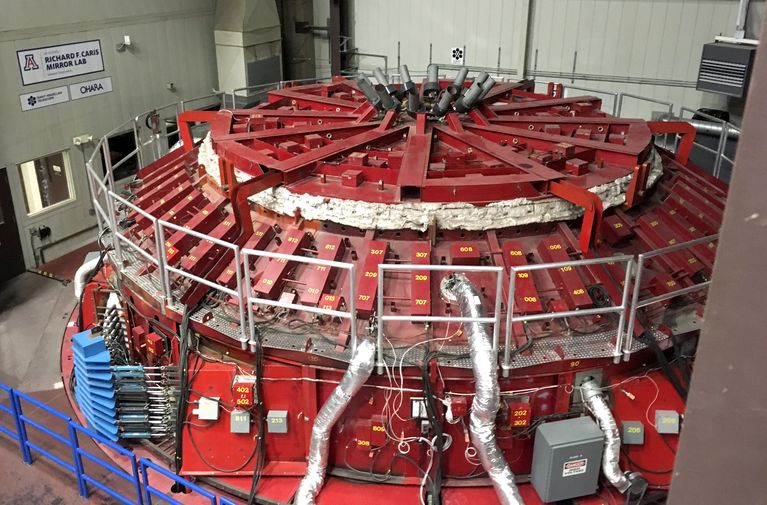
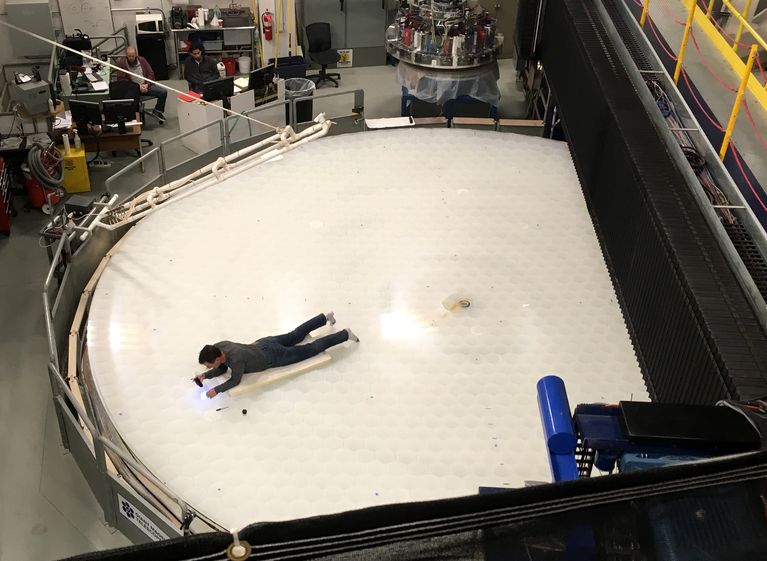
We also spent a day at the Arizona-Sonora Desert Museum. After our first visit last year we wanted to come back. The day was cooler, so we were lucky to see more wildlife. We found the javelinas, hiding under a bush in a pile. We wouldn’t have spotted them except that the littlest javelina was up and about, licking everyone’s ears.
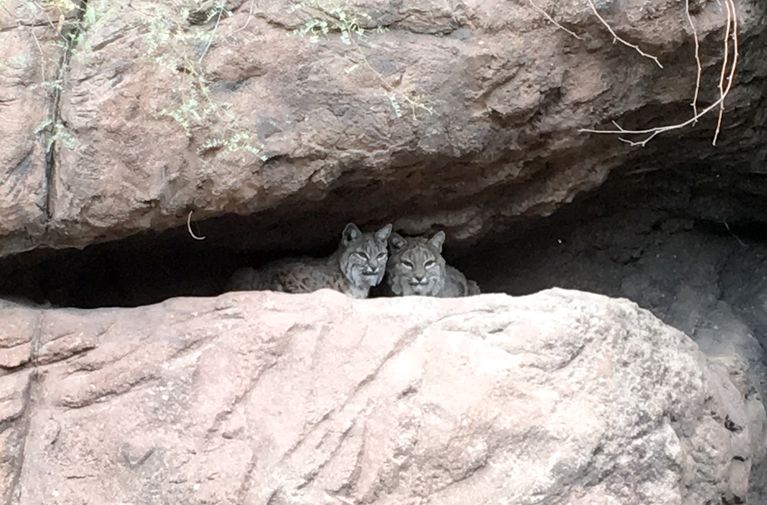
Helen Barto
I really liked the musical instrument Museum. In Morristown? Didn’t realize a lot of what you are visiting even existed. Especially a crocheting museum.